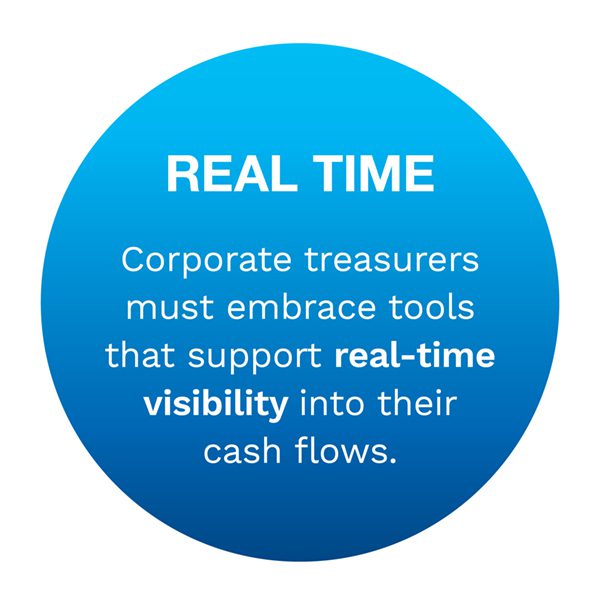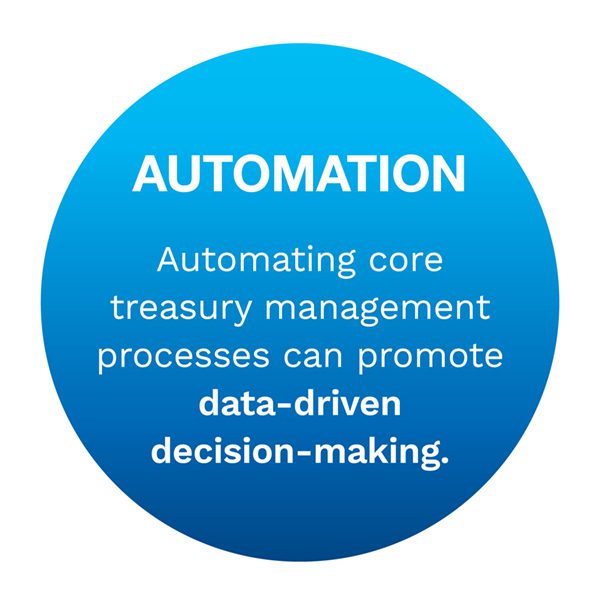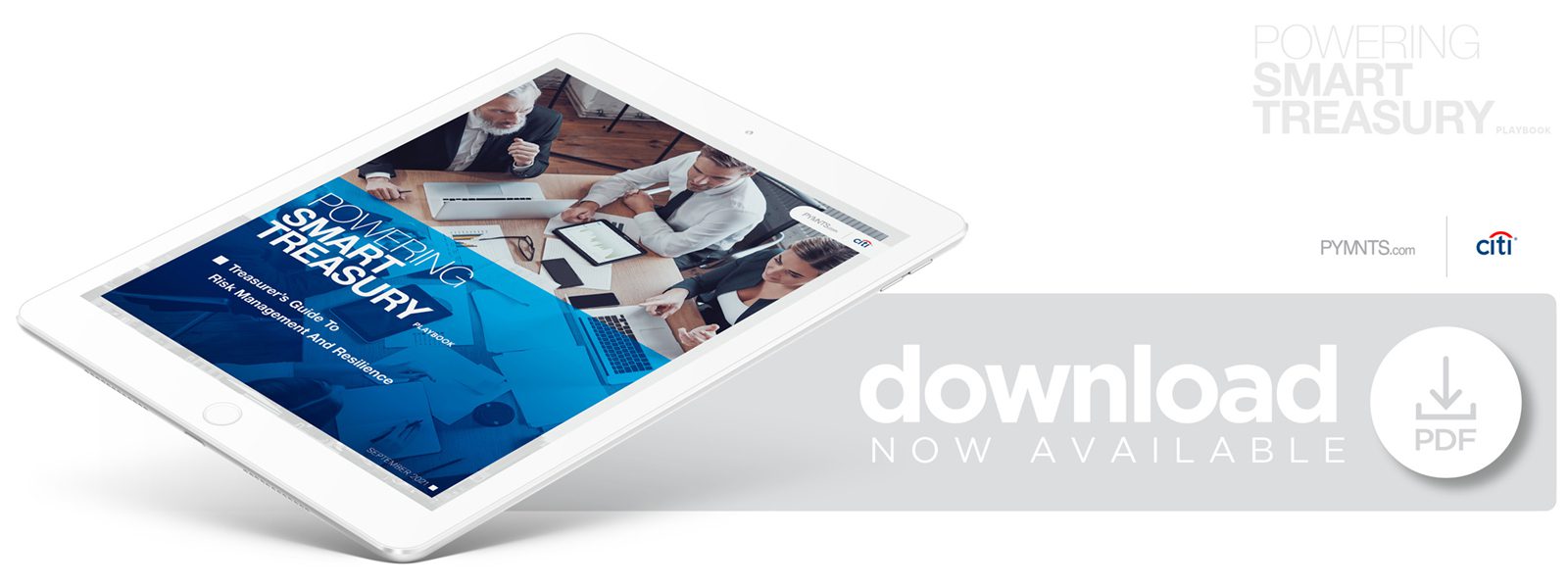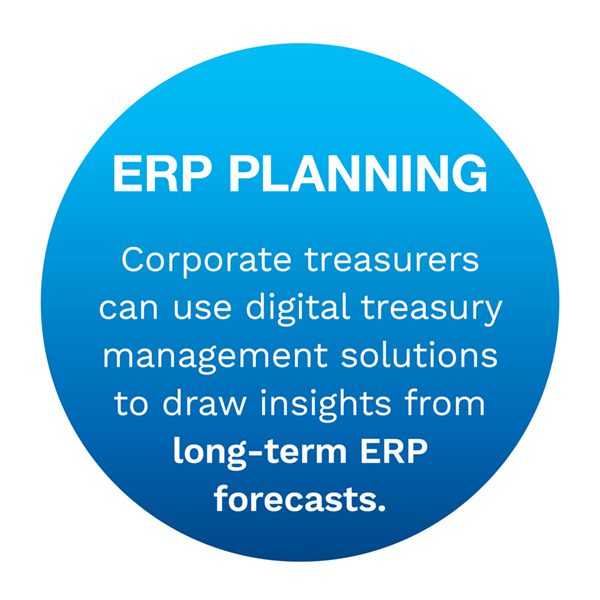Report: Treasury Depts Drive Growth With AI Forecasting and Analytics

Today’s corporate treasurers are more than financial guardians. They must frequently help their organizations plot their way around the uncertainty of variable economic cycles that strain both their ability to predict and mitigate financial risk. Enter “smart treasury” — an approach to the role of the treasurer which uses advanced technology to improve organizations’ efforts to limit risk and maximize opportunities for financial growth.
The Powering Smart Treasury Playbook, a PYMNTS and Citi collaboration, examines the new role of the treasury in risk management and how smart treasury tools can support organizational resilience strategies. Treasurers must not only help their organizations prepare for potential financial loss, but they are required to develop strategies to manage sudden growth, such as in 2020 when consumers shifted many of their commercial activities online.
Many global businesses with an eCommerce presence saw a dramatic boost in earnings in the first quarter of 2021. The fiscal boon — although positive news for many companies — presented a formidable trifecta of challenges for corporate treasurers. Many treasurers were required to simultaneously limit financial vulnerabilities, maintain regulatory compliance and derive optimal value from excess liquidity as business operations expanded into new (often untested) digital channels.
Treasurers building strategy in times of uncertainty — even when an economic cycle provides new revenue — need access to accurate, real-time data to create long-term plans to weather new financial challenges. Smart treasury tools are now being used by savvy treasurers who want prepare for, rather than merely react to, global economic change.
Some of the world’s most successful companies have begun accelerating their plans for organization-wide digital transformation, integrating new tools into their decision-making processes to add agility and speed to their risk management strategies. These digital tools have become the hallmarks of a modern risk-management outlook, ranging from algorithmic forecasting to artificial intelligence (AI)-driven prescriptive analytics paired with enterprise resource planning (ERP) systems.
The playbook also shows treasurers how to assess their organizations’ readiness to create long-term risk mitigation strategies and examines why financial resilience begins with treasurers using advanced tools to manage, analyze and act on real-time financial and operational data.
Limited data is just that: insufficient. A narrow purview duplicates failings throughout forecasts and strategy-making processes, making it harder for organizations to anticipate risk. Data visibility across critical business functions is essential for corporate treasurers crafting risk mitigation strategies.
In addition to the right data, treasurers need the right technology or technology partner to provide them with the forecasting tools required to identify and eliminate future vulnerabilities. The playbook reveals how treasurers can find and evaluate potential technology solutions providers.
To discover how treasurers can create powerful risk-management models that support long-term growth, download the playbook.

